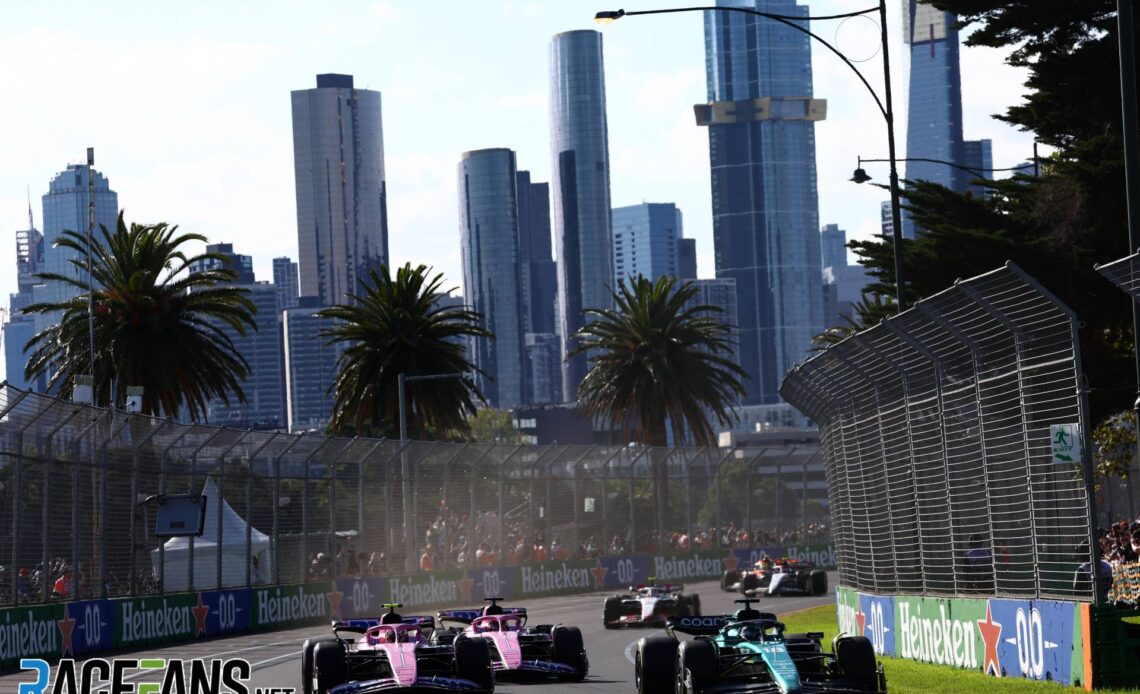When Formula 1 proudly unveiled its radical redesign of the sport’s technical regulations for the 2021 season after years of research and development, then-CEO Chase Carey couldn’t have been clearer about the underlying purpose behind the shakeup.
“The goal has always been to improve the competition and action on the track,” Carey said. “And, at the same time, make the sport a healthier and attractive business for all.”
Coupled with the introduction of the budget cap and various other measures to try and make the sport more environmentally friendly, fans were primed to expect a revolution when the regulations were eventually introduced in 2022 – a year later than planned due to the impact of covid.
Transformed aerodynamics brought the concept of ground effect back into the sport for the first time since the early 1980s, putting the emphasis on car floors to generate downforce rather than wings and bodywork. By changing how cars created downforce, the aim was to drastically reduce the hated ‘dirty air’ effect that had long plagued the sport by robbing attack drivers of grip when running close to cars they were trying to overtake.
There have now been 25 grands prix held under F1’s new ground effect era – with three sprint races on top of that. But after 1,500 laps and 7,700 kilometres of racing under the belt of F1’s newest generation of cars, have the regulations had the desired effect of making racing better?
For
The immediate question of ‘do F1’s new cars allow drivers to follow closer’ appeared to be answered in pre-season testing last season, even before the first race even began. Drivers were universal in their view that, yes, they could now run closer to rivals without losing significant performance than in 2021. That appeared to translate on the track too, with metrics suggesting that overtaking did increase in 2022 compared to the previous season.
There’s also the relative closeness of the field. All ten teams have scored at least a point in the opening three rounds of the 2023 season – something never before achieved in the sport. The midfield is arguably as competitive as it has ever been, with the gap between the front and rear of the field historically close too – surely an endorsement of the major systematic changes introduced to the sport last year.
Against
If the 2022 regulations revolutionised anything, then surely all it did was to establish Red Bull and Max Verstappen as the clear and undisputed dominant…
Click Here to Read the Full Original Article at RaceFans…

